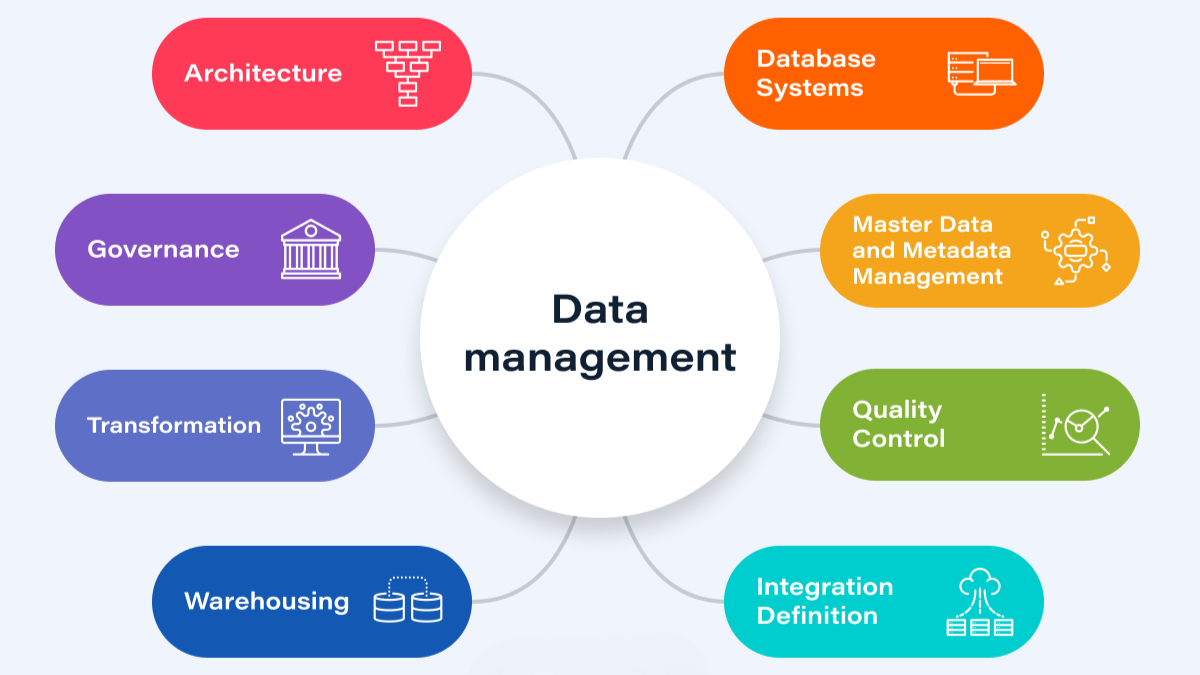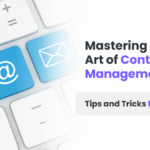Introduction
In today’s competitive business landscape, data is one of the most valuable assets a company can have—especially customer data. Properly organized and strategically utilized, customer data can unlock significant growth opportunities, improve customer experience, boost retention, and streamline operations. However, collecting data is just the first step; the real value lies in how effectively it is organized, analyzed, and applied to decision-making.
This article explores best practices for organizing customer data and the strategies to harness its full potential for driving business growth.
1. Understanding Customer Data
Customer data encompasses all the information a business collects from its interactions with customers. This can include:
- Demographic information (age, gender, location)
- Contact details (email, phone number, social profiles)
- Behavioral data (purchase history, website visits, clicks)
- Feedback and reviews
- Support interactions
- Preferences and interests
Understanding the different types of data you collect helps in segmenting, personalizing, and targeting customers effectively.
2. The Importance of Organizing Customer Data
Poorly organized data leads to missed opportunities, duplicated efforts, and inefficient operations. Organizing customer data ensures:
- Easier access for marketing, sales, and service teams
- Better segmentation and targeting
- Reduced errors and inconsistencies
- Streamlined communication
- Compliance with data protection regulations
An organized customer database is the foundation for actionable insights and long-term growth.
3. Best Practices for Organizing Customer Data
a) Centralize Your Data
Instead of storing data in multiple disconnected systems (email tools, spreadsheets, support systems), use a unified platform where all customer data resides. This enables a 360-degree view of each customer.
b) Standardize Data Entry
Ensure consistency by defining data formats. For example, decide if phone numbers should include country codes or if dates should follow a particular format. This reduces errors and makes analysis easier.
c) Segment Your Customers
Group customers based on shared traits like behavior, location, industry, or buying habits. Segmentation allows for personalized communication and more targeted campaigns.
d) Clean Your Data Regularly
Customer data degrades over time. Regularly remove duplicates, outdated entries, and incorrect information. Establish a routine for validating data to maintain accuracy.
e) Ensure Data Security
Use encryption, role-based access, and backups to protect customer data. Secure storage builds customer trust and ensures compliance with legal regulations.
4. How to Utilize Customer Data for Business Growth
Once your data is properly organized, you can begin to extract meaningful insights and apply them in several impactful ways.
a) Personalize Marketing Campaigns
Use customer preferences, past purchases, and behaviors to create tailored email campaigns, product recommendations, or offers. Personalized marketing improves engagement and conversion rates.
b) Improve Customer Retention
Analyze churn patterns and customer feedback to identify reasons for dissatisfaction. Proactively address these issues to retain more customers.
c) Optimize Sales Strategies
Track purchase history and engagement to identify upsell and cross-sell opportunities. Sales teams can focus on high-potential leads with better context and timing.
d) Enhance Customer Service
Access to a full interaction history allows support teams to respond quickly and contextually. It improves customer satisfaction and loyalty.
e) Forecast Trends and Demand
Analyzing customer behavior over time reveals trends in preferences, buying cycles, and market demand. This insight helps businesses plan inventory, marketing calendars, and product development more effectively.
f) Fuel Product and Service Innovation
Customer feedback, reviews, and support queries can uncover pain points or unmet needs. Use this information to guide product improvements or new offerings.
5. Implementing a Customer Data Strategy
To fully benefit from customer data, you need a well-defined strategy:
- Define Clear Objectives: Are you aiming to boost retention, increase revenue, or improve customer satisfaction?
- Choose the Right Tools: Invest in systems that support data collection, storage, analysis, and reporting.
- Train Your Team: Make sure staff understands the value of data and how to use it responsibly and effectively.
- Monitor and Adjust: Continuously measure results and adapt your strategy based on what the data tells you.
6. Common Mistakes to Avoid
- Collecting Data Without a Purpose: Only collect data you intend to use. Excessive data gathering without application wastes resources.
- Ignoring Privacy Regulations: Always follow laws related to data privacy and user consent.
- Failing to Act on Insights: Analysis is meaningless unless it leads to action. Use insights to make informed decisions.
- Siloed Departments: Ensure collaboration between marketing, sales, support, and product teams using the same customer data.
Conclusion
Customer data is more than just numbers and names; it’s the key to understanding your market, anticipating needs, and delivering exceptional experiences. When organized systematically and used strategically, it becomes a powerful growth engine. The businesses that invest in organizing and leveraging customer data today will be the leaders of tomorrow.
Frequently Asked Questions (FAQs)
Q1: What types of customer data are most useful for business growth?
A: Behavioral data (purchase history, engagement), demographic data (age, location), and feedback (reviews, support interactions) are particularly useful for understanding and targeting your customers effectively.
Q2: How often should customer data be updated or cleaned?
A: Ideally, customer data should be reviewed and cleaned at least once every quarter. High-traffic businesses may need more frequent updates.
Q3: What’s the biggest risk of unorganized customer data?
A: The biggest risks include missed opportunities, regulatory violations, poor customer experiences, and inefficiencies across departments.
Q4: Can small businesses benefit from customer data strategies?
A: Absolutely. Even simple data strategies can help small businesses better understand their customers, improve targeting, and drive loyalty.
Q5: How can data privacy be maintained while collecting customer information?
A: By obtaining explicit consent, being transparent about data usage, securing data storage, and complying with relevant privacy laws.



